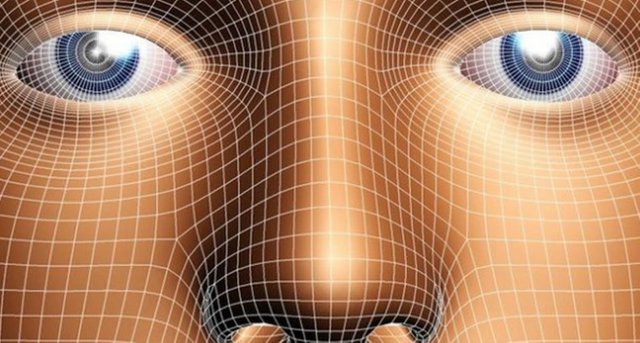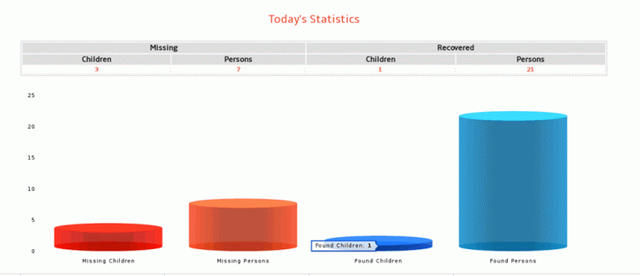India uses facial recognition technology to find missing children
In India approximately every six minutes the disappearance of a child occurs. A large number of them are kidnapped and many end up in networks of sex trafficking and prostitution; while the rest end up dying in the streets or being sold as slaves.
According to the local NGO Bachpan Bachao Andolan (BBA Save Childhood Movement), every year 500,000 children disappear in the Asian nation, the second most populous in the world after China, with more than 1.300 million inhabitants.
Finding the missing requires time, resources and money, three things that are scarce in India, where many police stations do not even have a telephone.
But the country's government has launched a new strategy to deal with the problem, through the Ministry of Women and Child Development (MWCD), creating the TrackChild program, a huge national database with photographs of the missing children.
According to its official website, the final goal of the project is to facilitate the coincidence of "disappeared" children who are reported in police stations with "found" children residing in child care institutions (CCI).
On the website you can see which children disappeared, which have been found, report new cases and make legal inquiries. It also allows to see the real-time daily statistics of the reports of missing children versus those found.
The second part of this program involves facial recognition technology (FRS). Through software, the BBA organization is able to automatically compare the images of missing children with those of those who arrive at hospitals, orphanages and other institutions in the country.
The results are amazing: in just four days, the Delhi police department managed to locate 2930 children and reunite them with their families only in the month of last April.
According to the local newspaper The Times of India , the authorities used a database with photographs of more than 60,000 missing children and compared them with about 45,000 images of "unidentified" children.
And this technology was key to finding them, since it is uphill for someone to manually review the photographs to locate them.
The facial recognition systems first make a mapping of the faces, analyzing the characteristics and proportions of each of them. Afterwards, the algorithm elaborates in a model based on the available photographs.
However, the detractors of this type of technology assure that they can be used to spy on citizens, as happened in China where the technology is used to embarrass imprudent pedestrians and toilet paper thieves in public toilets. In addition, they argue that the privacy of minors can be exposed by storing and displaying the photos publicly, putting them in danger.

